Mission
The Negros Museum commits to promote, preserve and provide deep awareness of the past and present stories
of the Negrense Culture, History and Artistic Practices, primarily among the children and youth
of Negros and also among people visiting from various areas all over the world.
Vision
We envision to become an exemplary center for Negrense Heritage, arts and Culture.
Goals
To establish a space that provides programs and pursuits that promotes socio-historical awareness and to develop
The Negros Museum as a hub that convenes all cultural and artistic activities in the region.
Also, to expand and reach out to the marginalized, other local communities and indigenous people--immersing
and reviving their respective traditions and local practices.
Objectives
History and Culture
To help Negros children and youth learn more about their history and culture so that they may be proud of their cultural
identity which was made unique by the heavy globalization of Negros in the mid-19th century, a process which created
complex links between local and national, and local and international culture and history.
Art
To create a strong infrastructure for the presentation and growth of local art and crafts by raising the livelihood components
f the museum to the level of curatorship. To provide livelihood and opportunities for learning and exposure for local artists
and artisans in connection with the museum’s collections and exhibitions
Ecology
To help Negros children and youth become more aware of their essential relationship with the environment and to empower
them to conserve their natural heritage by providing information and linkages with environmental groups.
Our Community
The Negros Museum regards the children and youth of Negros (ages 3-18) as its primary public. The Museum plays an
educational role in the community and views itself as an institution complementing and augmenting the information
provided by schools. The Negros Museum’s secondary publics are its local and international visitors. With its
prime location at the heart of the capital, Bacolod City, the museum is especially positioned to serve as a valuable
entry point to the province – indicating the ways by which local, national, and international culture and history
have intersected in the various towns and cities of Negros.
